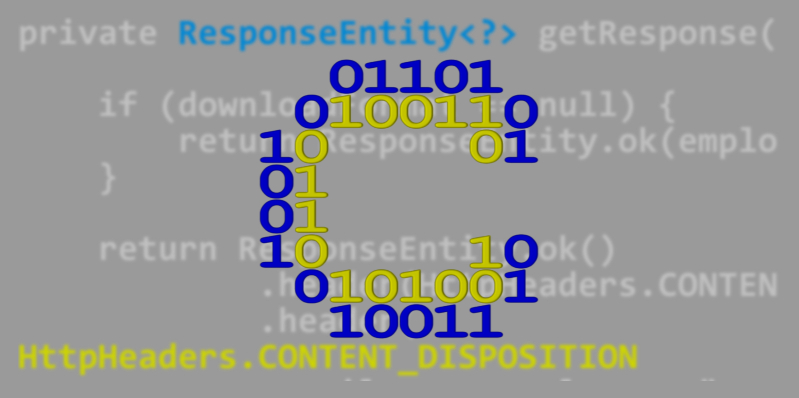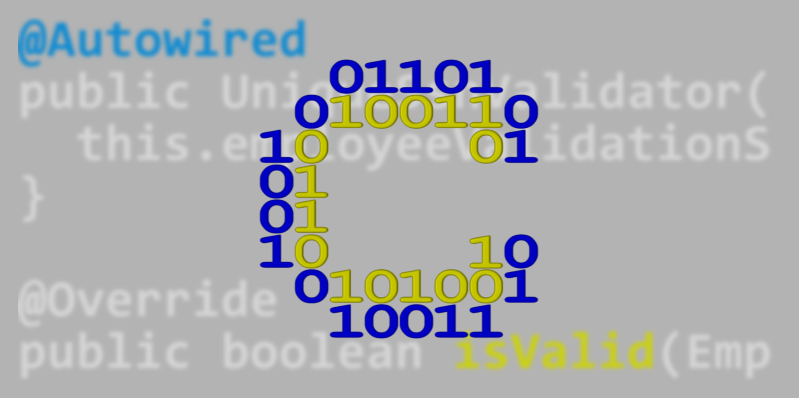Easily configure validators via properties in a Spring Boot project
The annotations from the Java Validation API provide a convenient and flexible tool to ensure the quality of an application’s input. Some of them have parameters that allow for the validation’s fine tuning. The main drawback is that the parameters’ values are resolved at compile time, that’s why they must be static final constants. We’ll show how we can overcome this limitation and configure validators via properties in a Spring Boot project. It would be […]


